C語(yǔ)言各種數(shù)據(jù)類型的內(nèi)存映像(32位平臺(tái)):
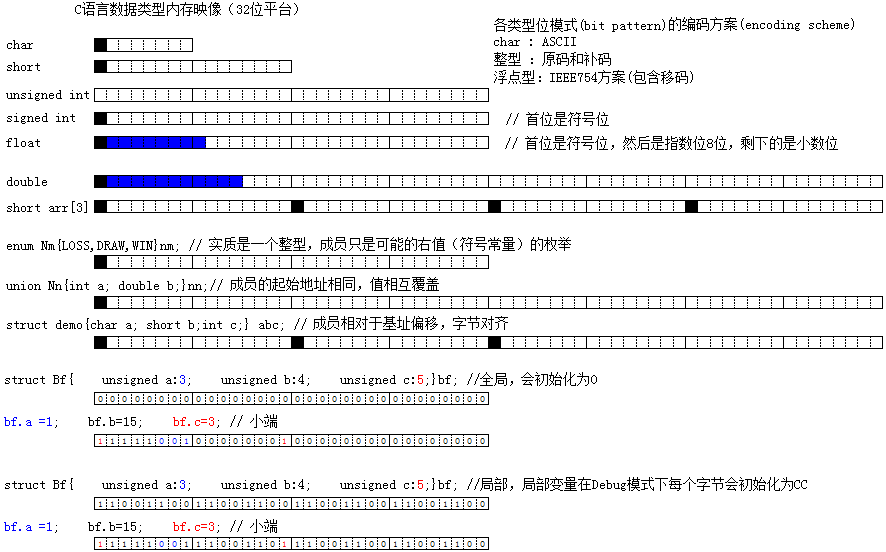
0 signed char
#include
output:
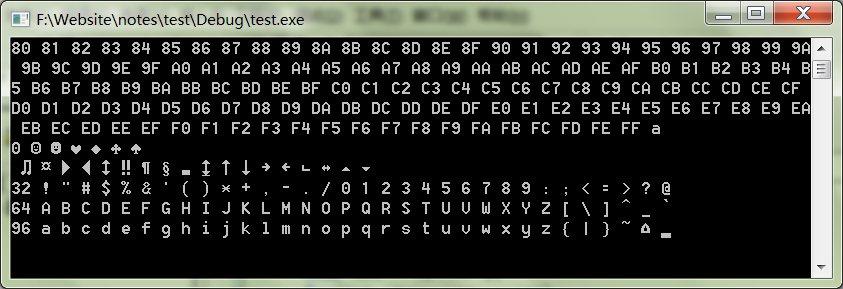
1 整型的signed和unsigned
#include
如果一個(gè)表達(dá)式同時(shí)包含signed和unsigned整型,signed會(huì)提升為unsgined,可能會(huì)隱藏一些意想不到的錯(cuò)誤,特別是用在比較運(yùn)算時(shí):
unsigned int a=4294967290; int b=-6;
printf("%d
",a==b); // 1 , b promotes to unsigned
2 double的二進(jìn)制位顯示
#include printf("%.2X ",*(ch+i));
}int main(){ int n = 0x01020304; if(*(char*)&n == 4) printf("小端:");//小端:
double d = 15.75; // 1111.11, 指數(shù)位值:1023+3
//0 100 0000 0010 1111100000000000000000000000000000000000000000000000
printByte(d);//00 00 00 00 00 80 2F 40
// 40 2F 80
// 0100 0000 0010 1111 1000 0000
getchar();
}
將double分成4部分顯示:
#include
3 數(shù)組是相同數(shù)據(jù)類型的依次存儲(chǔ)
數(shù)組名是一個(gè)存儲(chǔ)數(shù)據(jù)首元素地址具有常量性質(zhì)的特殊指針,成員是相對(duì)于基址的偏移:
#include printf("%d ",*(arr+i));
} printf("
");
}int main(){
short arr[] = {1,3,2}; int len = sizeof arr / sizeof *arr;
printArr(arr,len);
}
4 枚舉只是枚舉可以取值的一些符號(hào)常量的一個(gè)特殊整型
#include
枚舉讓相關(guān)符號(hào)常量?jī)?nèi)聚為一組,相對(duì)于#define,枚舉對(duì)數(shù)據(jù)的描述性更清晰。
5 共用體成員的起始地址相同,共用一塊內(nèi)存空間,值相互覆蓋
#include
當(dāng)一些事物具有更多共性,但有少量差異時(shí),可以只用一個(gè)內(nèi)嵌一個(gè)共用體的結(jié)構(gòu)體來(lái)描述:
#include
6 結(jié)構(gòu)體是不同數(shù)據(jù)類型的數(shù)據(jù)依次存儲(chǔ)在一起
結(jié)構(gòu)體各數(shù)據(jù)成員的引用可以通過(guò)其內(nèi)存大小和字節(jié)對(duì)齊來(lái)相對(duì)于基址偏移來(lái)計(jì)算。結(jié)構(gòu)體通常用于描述某一事物,用其成員來(lái)描述該事物的某些關(guān)鍵屬性。讓該事物既可以用結(jié)構(gòu)體變量整體表示,也可以對(duì)其成員分別引用來(lái)處理該事物的各個(gè)屬性。
#include
7 位域是對(duì)整型數(shù)據(jù)的按位處理
(一次可以處理n個(gè)位,1<=n<=整形長(zhǎng)度)
位域(全局)二進(jìn)制位顯示:
#include >i); printf("
");
}struct Bf{
unsigned a:3;
unsigned b:4;
unsigned c:5;
}bf;int main(){
bf.a =1;
bf.b=15;
bf.c=3; int *p = (int*)&bf; // 505
printf("%d
",*p);
printBinM(*p);//00000000000000000000000111111001
getchar();
}
位域(局部)二進(jìn)制位顯示:
#include >i); printf("
");
}int main(){ struct Bf{
unsigned a:3;
unsigned b:4;
unsigned c:5;
}bf;
bf.a =1;
bf.b=15;
bf.c=3; int *p = (int*)&bf; // -858996231
printf("%d
",*p);
printBinM(*p);//11001100110011001100000111111001
getchar();
}
原文標(biāo)題:7 位域是對(duì)整型數(shù)據(jù)的按位處理
文章出處:【微信公眾號(hào):一口Linux】歡迎添加關(guān)注!文章轉(zhuǎn)載請(qǐng)注明出處。
-
C語(yǔ)言
+關(guān)注
關(guān)注
180文章
7608瀏覽量
137158 -
Doubler
+關(guān)注
關(guān)注
0文章
7瀏覽量
7201 -
數(shù)據(jù)類型
+關(guān)注
關(guān)注
0文章
236瀏覽量
13637
原文標(biāo)題:7 位域是對(duì)整型數(shù)據(jù)的按位處理
文章出處:【微信號(hào):yikoulinux,微信公眾號(hào):一口Linux】歡迎添加關(guān)注!文章轉(zhuǎn)載請(qǐng)注明出處。
發(fā)布評(píng)論請(qǐng)先 登錄
相關(guān)推薦
二進(jìn)制碼詳解
labview編程模擬十進(jìn)制數(shù)到二進(jìn)制數(shù)的轉(zhuǎn)換過(guò)程
二進(jìn)制
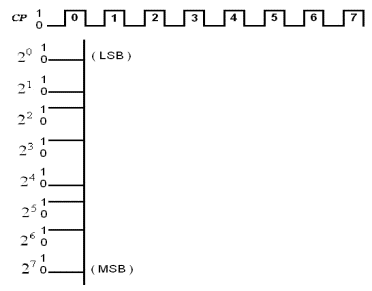
二進(jìn)制編碼和二進(jìn)制數(shù)據(jù)
二進(jìn)制電平,什么是二進(jìn)制電平
二進(jìn)制加法程序【匯編版】
函數(shù)轉(zhuǎn)換BCD編碼二進(jìn)制數(shù)為整型數(shù)
二進(jìn)制與十進(jìn)制數(shù)對(duì)照顯示實(shí)驗(yàn),十進(jìn)制,二進(jìn)制對(duì)照
浮點(diǎn)數(shù)轉(zhuǎn)換為二進(jìn)制存儲(chǔ)

C語(yǔ)言常見的二進(jìn)制位的變換操作
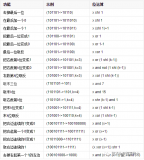




 整型的signed和unsigned詳解 double的二進(jìn)制位顯示
整型的signed和unsigned詳解 double的二進(jìn)制位顯示
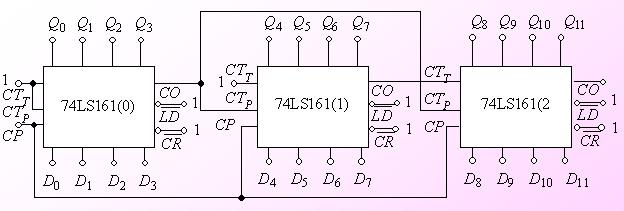










評(píng)論